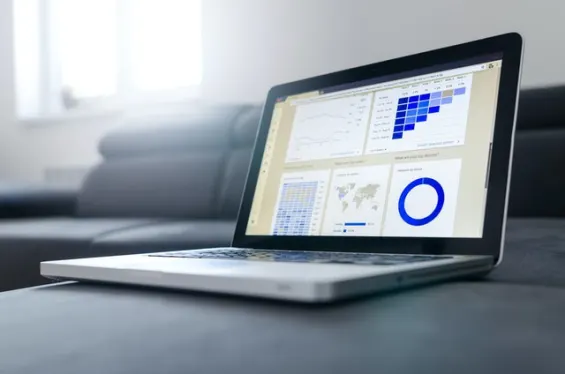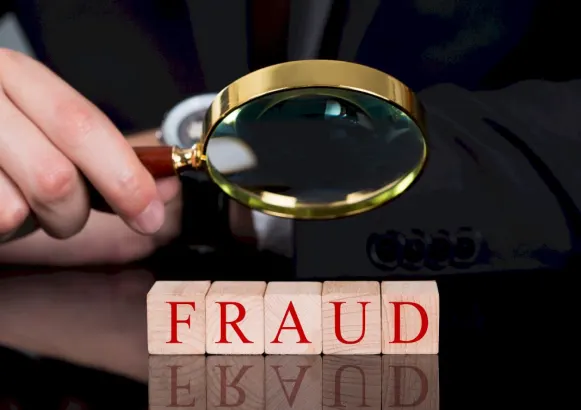See the following links if you'd like to skip to specific sections.
- Online application
- Identity verification
- Biometric data
- Credit report analysis
- Loan document verification
- The bottom line
Technology has revolutionized the way lenders do business. No longer do they have to rely on intuition and hunches to identify scams and fraud.
Instead, they use cutting-edge technology tools that allow them to detect irregularities in loan applications quickly and accurately.

And as scammers and fraudsters become more sophisticated, lenders are constantly upgrading their systems to stay one step ahead. This article will explore how lenders use technology to protect themselves from fraudsters.
Online application
Lenders are using technology to identify and prevent scams and fraud. When applying for a loan online, the lender will use sophisticated software to check your personal information against public records.

This helps verify your identity and make sure that you are not using a false Social Security number or other fraudulent information. In addition, the lender will also check your credit history to see if any red flags might indicate fraud.
If everything checks out, you should be approved for the loan. However, if the lender suspects that you are trying to scam them, they may require additional documentation or deny your application.
So if you're thinking about applying for a loan, make sure you are honest and provide accurate information to avoid any problems.
Identity verification
Lenders have to be careful about who they loan money. If they lend to someone who can't repay, they lose the money they lent and the interest they would have earned on that money.

To reduce the risk of lending to someone who can't repay, lenders use various methods to verify identity and assess creditworthiness. One standard practice is to check an applicant's credit report. This report includes information on the applicant's credit history, including any late payments or defaults.
The lender can use this information to determine whether the applicant is likely to repay the loan. In addition, lenders may use technology to verify identity and prevent fraud.
They can also use an alternative credit scoring system for individuals with no credit history, helping them make more informed lending decisions.
Biometric data
Lenders have always been on the lookout for ways to identify scams and fraud. In the past, they relied on things like paper records and signatures. But with the advent of new technologies, lenders can now use biometric data to verify the identity of their borrowers.

Biometric data can be used to uniquely identify an individual, such as a fingerprint, iris scan, or DNA sample. By using this data, lenders can be sure that they are dealing with the right person.
And if a borrower tries to commit fraud, the lender will be able to quickly identify the problem and take action. As a result, biometric data is becoming an increasingly important tool in the fight against fraud and scams.
Credit report analysis
Lenders look at patterns of behavior to identify fraudulent activity. For example, suppose someone has applied for numerous loans in a short period. In that case, it may indicate that they are trying to scam the system.

Another red flag is a sudden change in address or employment history. This could indicate that the person is trying to hide their tracks. Lenders also use technology to verify information provided on loan applications.
For instance, they may use GPS to confirm that the address listed on the application matches the location of the property being purchased.
Loan document verification
The use of technology has revolutionized the way lenders verify loan documents and has helped identify many potential scams and frauds. One popular method of document verification is known as e-verification.

This process uses electronic records to verify the borrower's identity and the accuracy of the information on the loan application. E-verification can help improve the speed and accuracy of the loan document verification process and help prevent fraud and scams.
In addition, lenders may also use biometric data, such as fingerprints or iris scans, to verify the identity of borrowers. This type of data is unique to each individual and can help to eliminate fraudulent applications.
By using these and other technological advances, lenders can help to ensure that their loan document verification process is as accurate and efficient as possible.
The bottom line
Being vigilant about scams and fraud is more important than ever for lenders. Technology has made it easier for lenders to identify and prevent fraud. However, they still need to look for new ways that criminals might try to scam them.
By using the tools available to them, lenders can protect themselves and their businesses from the threat of fraud.
Read Next
The following articles are related to the significance of technology in scam and fraud detection.







